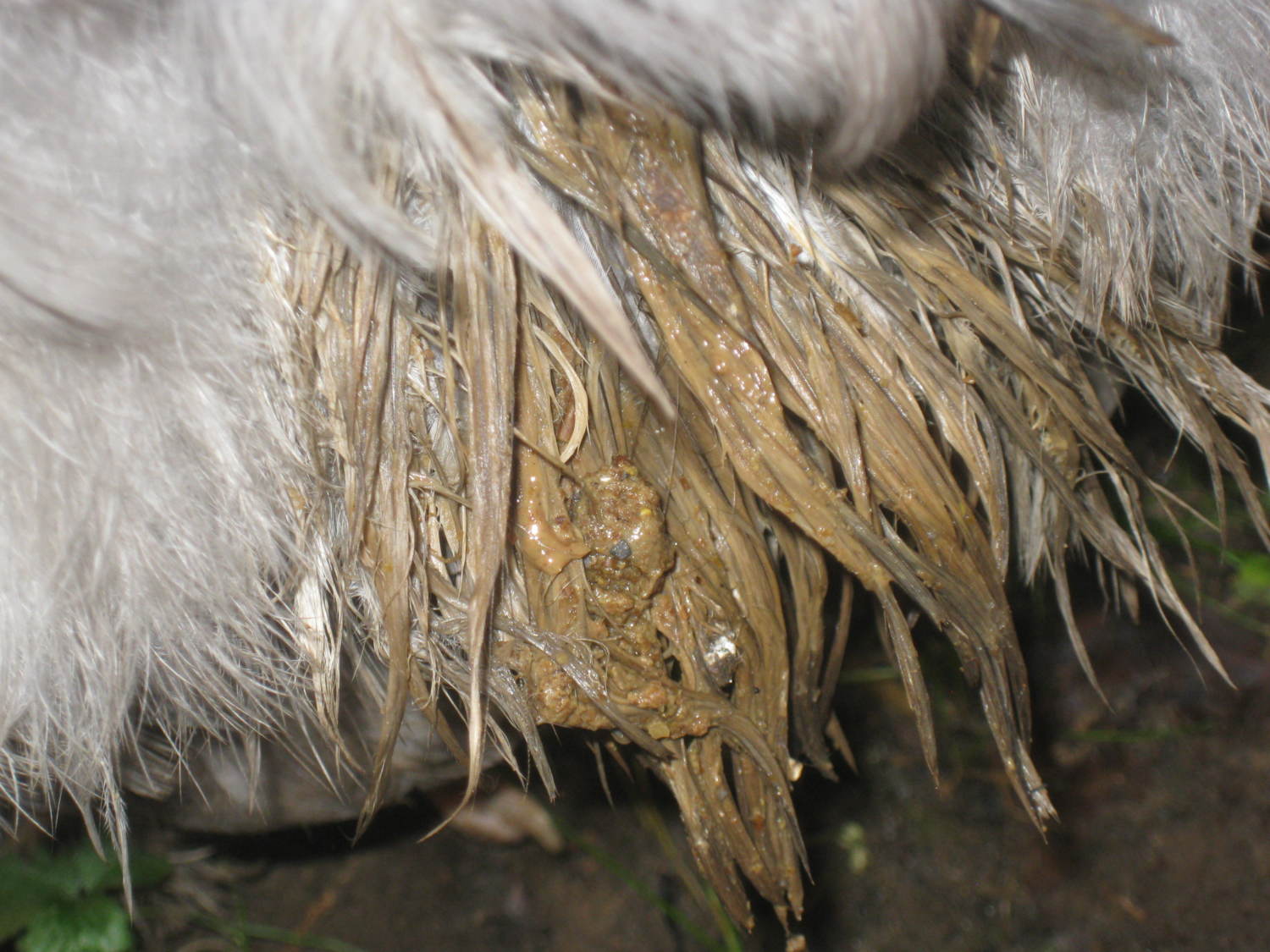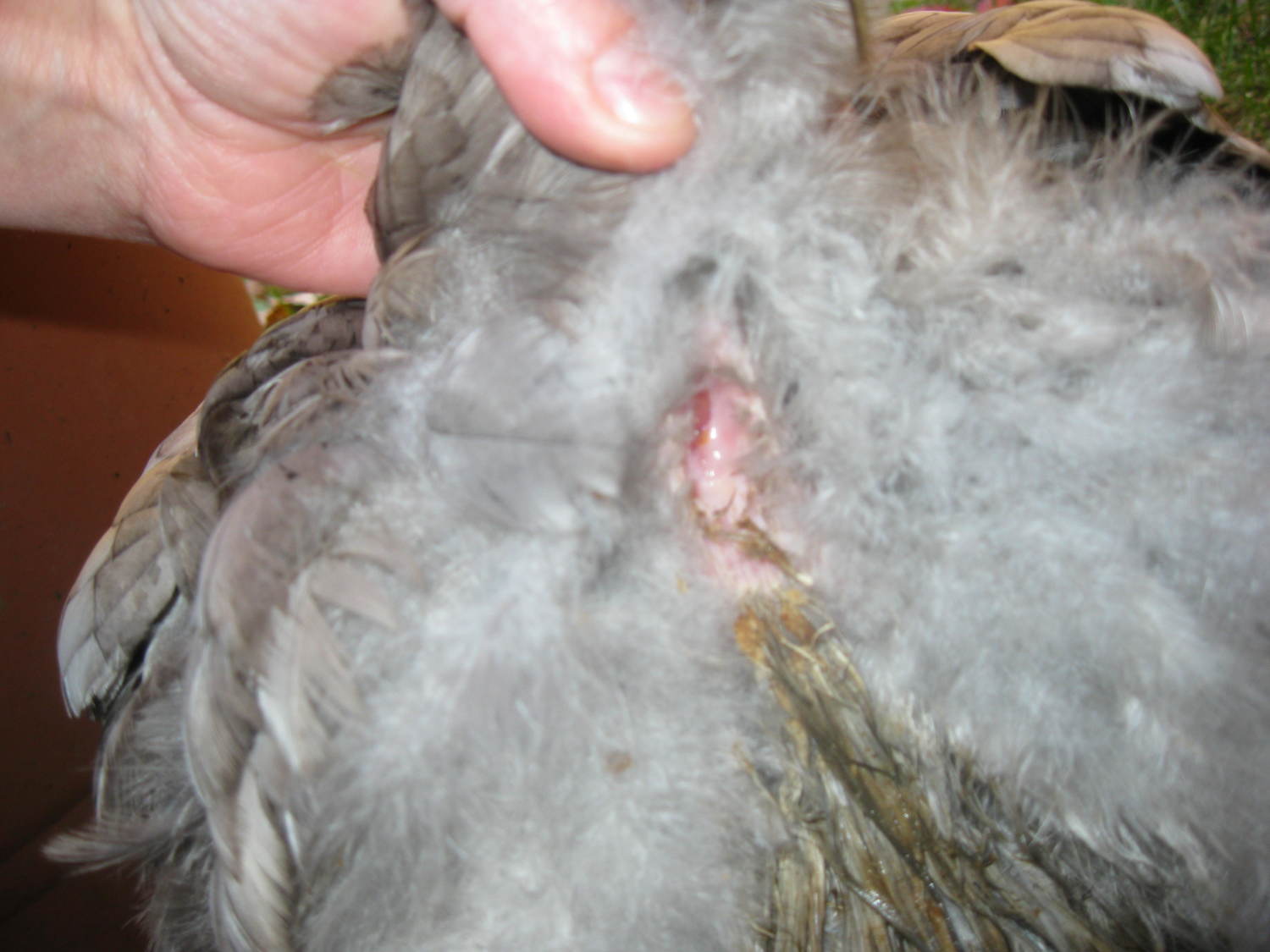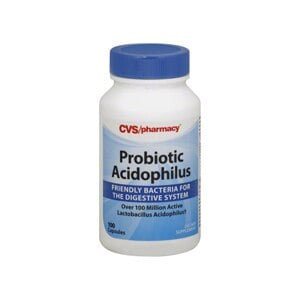- Jan 13, 2013
- 16
- 0
- 22
Have a sick chicken, 3rd one in the last year, two died. Poo is liquid, sticking to the feathers...she stays in a ball all day, eats a little not much. When i picked her up, water came out from the beak. This seems everytime my kids feed them bread?? Is bread bad for them?






